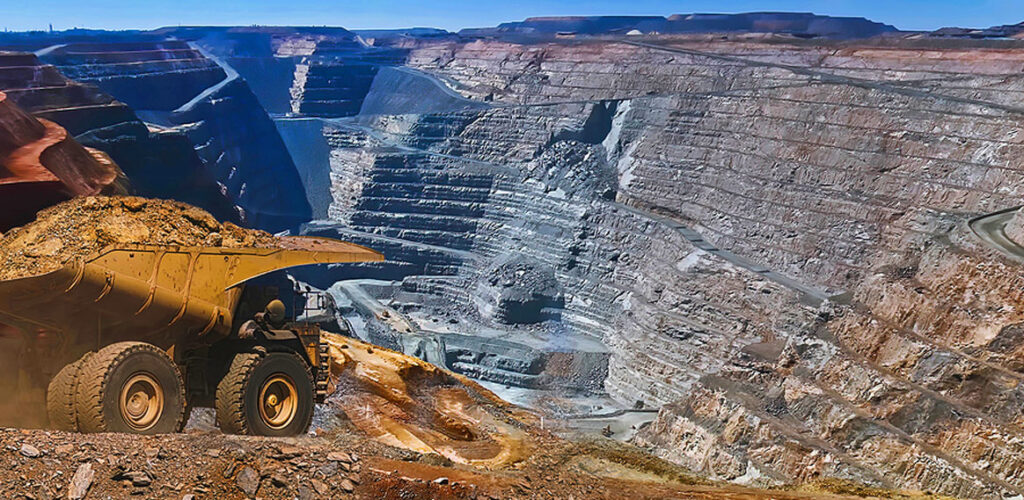 Gold supply refers to the amount of gold available in the market for investors to buy, sell, and hold. It’s one of the most influential factors determining the value of gold, making it a relevant metric when making investment decisions. Understanding where the world’s gold supply stands and how it compares with demand can help with estimates and gold price forecasts.
Gold supply refers to the amount of gold available in the market for investors to buy, sell, and hold. It’s one of the most influential factors determining the value of gold, making it a relevant metric when making investment decisions. Understanding where the world’s gold supply stands and how it compares with demand can help with estimates and gold price forecasts.
What is the current gold supply?
Currently, the gold supply is roughly 208,874 metric tons. Estimates differ slightly, but this approximation is the result of assessments from the US Geological Survey and the World Gold Council, among other experts. Based on the average price of gold in 2023, that translates to $14.28 trillion. That might sound like a lot, especially in dollar terms, but the world’s available gold supply could comfortably fit into five Olympic swimming pools.
How much gold is left in the earth?
The amount of gold held in underground reserves stands at 52,000 tons, as of 2023. That puts the total discovered gold supply over 260,000 tons. Put another way, over 75% of the available gold on earth has already been mined and produced. Generally, people break ground on the most accessible and cost-effective mines first. That means the less gold there is in the earth, the harder and more costly it is to excavate.
Which country owns the most gold?
The United States has the world’s largest gold holdings by far at roughly 8,133.5 tons as of 2023. To put that into perspective, US gold reserves rival those of the next three largest gold holders combined – Germany, Italy, and France. It’s also worth noting that the US has one of the highest ratios of gold reserves compared to central bank reserves, barely beaten out by Portugal. In total, 67% of America’s reserve holdings are composed of gold. This reflects the current economic world order wherein foreign countries base their currencies on the US dollar while America bases its currency partially on gold.
👉 Related read: Central Banks Buying Gold at Record Rates: Why Investors Should Care
Which country produces the most gold?
China is the world’s largest producer of gold. In 2022, the mines within the People’s Republic accounted for more than 10% of global gold production. Australia and Russia tied for second place with production in both nations reaching 320 tons with Canada snagging the fourth position. The US barely made the list of the top five with production clocking in at 310 tons. Over the past several decades, the global distribution of gold production has undergone some significant changes. From the 1970s through the early 2000s, Africa – led by South Africa – dominated the list of major producers. Lately, China’s rapid expansion of gold mining along with the country’s rich gold reserves has made East Asia the locus of the world’s gold production.
What will happen when gold runs out?
The prospect of gold mines running dry isn’t as far-fetched as it might sound considering nearly two-thirds of the global gold supply has been mined in the past 70 years. Some experts even project that gold mining will be unsustainable by 2050. Although gold prices are determined by many factors, the inescapable law of supply and demand is among the most influential. If, or more accurately when, the earth runs out of gold, demand will skyrocket in response to the zapped supply. Of course, this would play out gradually with demand increasing inversely with the waning supply. Inevitably, this supply crunch and booming demand could drastically increase gold prices.
Can humans make gold?
The real possibility of running out of gold leads many investors to wonder if it’s possible to create gold. Although scientists have been able to synthesize gold in laboratory settings, the process is far too costly and involved to translate to mass production. Synthetic gold requires nuclear reactors or particle accelerators and a tremendous amount of technology. The prices of resulting gold would far exceed standard gold prices, rendering the process wholly impractical.
What is the current supply and demand of gold?
Central banks – the largest buyers of precious metals – have been buying gold at record rates over the past few years. In fact, central bank gold demand in 2022 broke 55-year records with a whopping 1,136 tons. The gold binging isn’t slowing down in 2023 as countries pour into gold amidst growing economic uncertainty. In contrast, gold supply only increased by 2% in 2022. This modest growth bucked the downward trend of recent years but still failed to meet the impressive boom in gold demand. A growing disparity between gold supply and demand will inevitably lead to a gold shortage and a hike in prices.
Is owning gold on your horizon?
If you’re interested in learning more about owning gold, claim a FREE copy of our Precious Metals Investment Guide. It covers everything you need to know about diversifying your portfolio with gold and silver for optimized protection and maximized returns. Feel free to contact one of our Precious Metals Advisors by calling toll-free at 1-888-812-9892 or using our live chat function. We’ll be happy to help you determine the best investment strategy based on your unique goals and budget.


